The Ministry of Defence has issued further clarification on its ongoing market engagement for a next-generation Carrier Strike Airborne Early Warning (AEW) capability, aimed at enhancing the protection of the UK’s Queen Elizabeth-class aircraft carriers and their strike groups.
Published on 22 April 2025, the update to the original tender—first issued on 9 April—adds crucial detail to the scope and intent of the proposed system, while continuing to stress that this is not a formal procurement process.
The engagement seeks innovative solutions to deliver persistent surveillance against air and surface threats, potentially replacing or supplementing the current Crowsnest system.
What’s New?
The MOD has now responded to specific clarification questions from industry, revealing that:
- “The authority expects that the potential solutions could vary greatly with regards to combinations of numbers of platforms, endurance, and sensor performance and do not wish to specify those at present.”
Instead, the goal is to deliver “sufficient time to enact counter-threat measures”—allowing suppliers the flexibility to propose platforms and sensor suites they believe can best achieve this aim.
Additionally, the MOD has confirmed that platforms do not need to be registered on the UK Military Aircraft Register at this stage of engagement:
- “The RN is currently undertaking broad market engagement… Decisions on how any future demonstrations may take place will be made on the results of this market engagement.”
This is a notable shift from previous MOD engagements, suggesting a greater openness to novel solutions—including uncrewed platforms or hybrid options—not yet certified for UK military airspace.
Timelines and Scope
The proposed contract would be worth between £500 million and £1.5 billion, with service entry estimated between 2030 and 2035. The intended duration of the support arrangement is 5.5 years, with a delivery window between January 2027 and May 2032.
As with the earlier notice, the MOD reiterates that:
“This RFI is purely to gain market knowledge and is not the launch of a new procurement.”
Interested parties have until 17:00 on 6 May 2025 to submit responses via the Microsoft Form link provided in the notice.
This clarification reinforces the MOD’s long-term intention to enhance survivability and threat awareness for Carrier Strike Groups. By keeping requirements open-ended, it invites cutting-edge proposals that could shift the future of airborne early warning—potentially away from traditional manned platforms and towards drone-based or hybrid systems capable of persistent, high-endurance operations.


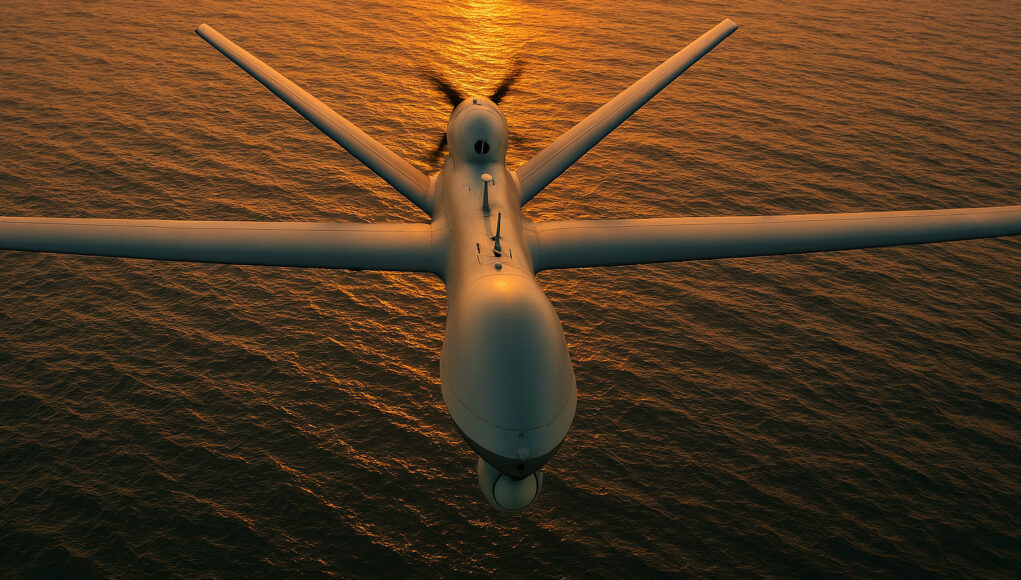
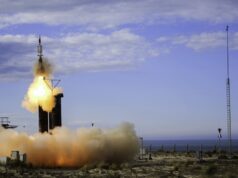
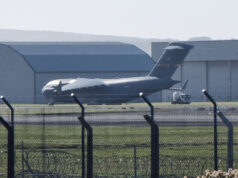

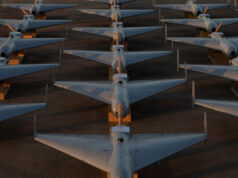

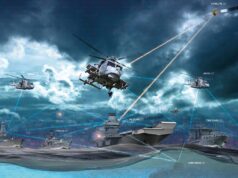

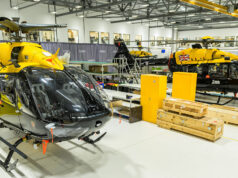



Good to hear they are expecting responses through Microsoft forms rather than through a Group Chat on Signal I guess… or is it.
No plan, beyond some dates (initially 2027, now 2030-35) and talk of a little money, few requirements and no design beyond multiple platforms, endurance and sensors. How do they really expect to deliver anything to the user?
As stated previously an obvious capability gap inbound if Crowsnest is retired.
Since Crowsnest is due to retire in 2029, this potentially leaves the Carriers without any AEW cover for 6 years. Wow, just wow.
Made worse by our Wedgetails order being cut to a miserly 3 aircraft. Wow just wow. Thanks Tories!
The Crowsnest OSD really doesn’t mean anything they keep quoting the same date until it changes, Merlin’s OSD is now 2040 so absolutely no problem keeping Crowsnest going until a replacement is ready
It will be interesting to see what comes of this. Someone needs to crack the code on AEW for STOVL carriers, there is a market for it in Queen Elizabeth, Prince of Wales, Trieste, Cavour, Izumo, Kaga, US Navy LHA/LHDs, potentially Canberra, Adelaide, Juan Carlos, etc. It might as well be the British, because no one else seems to be pushing forward on this.
It would be more marketable to a wider base if it doesn’t require a cat and trap refit of course, but then the radar would have to be sensitive and powerful enough to be useful, but small enough to fit on a drone that can take off by itself.
An Osprey solution would be interesting for the US and Japan as they are the only countries that operate them, but the expense and complication of that seems daunting, and it hasn’t happened yet. The only interesting mod to the Osprey that seems to be moving forward is an Electronic Warfare system the Marine Corps is developing called Intrepid Tiger II. the VARS refueling system was cancelled, and I haven’t heard of a serious push for a V-22 AEW system.
Whoever figures a good AEW solution for STOVL ships could have a good cash cow in sales and product support for a long time.
I think there is a golden opportunity for Bell to use their V280 Valor, as a basis for either an uncrewed or with modifications (including a pressurised cabin) a crewed AEW platform. We have had discussions on this forum before, about using either the V22 Osprey, the AW609 of the V280 Valor as the most favourable design over a medium altitude long endurance (MALE) fixed wing drone design. As there would be no need for a catapult launch, plus they would be able to operate to and from the carrier’s deck in much worse weather. Due to the Osprey’s in-built design constraints and possible legal implications of using the AW609 in a military context, the Valor being a 2nd generation tilt-rotor would form the basis for a better AEW platform. Especially as the production version will be using the more powerful engines that the Osprey uses, compared to the engines used in the prototype, thereby giving it much better performance.
Furthermore, Bell have been trying to ferment the idea that the Valor would meet the USMC’s Pacific operations long distance requirement. As the current UH-1Y Huey can’t and the Valor can keep up with the Osprey. They have showcased a model of the Valor that has been marinised, with an inverted V-tail. Which would allow the main wing to twist over the fuselage for parking. With a US Army requirement to replace all their Blackhawks who operate over 2000 helicopters, not to mention over 1000 Blackhawks being sold for export, along with a possible USMC replacement of 160 Hueys. Even if only the US purchase the Valor, there is still a huge production cost saving over a more specialised platform, such as the AW609, which has a very limited production run.
The aircraft will only be able to house a smallish mechanically rotating X-band AESA radar under the fuselage, due the height the undercarriage. Though it could either be a single array or a twin back to back array. The X-band is likely to give a range of 200miles against large radar cross section (RCS) targets, such as something the size of a commercial airliner. But it will be very good at detecting threats with a small RCS, that pop up over the horizon. Then be able to track it across the sea surface or against lots of clutter generated by land. The aircraft will need a long range volume search radar to allow it to detect targets over 300 miles. This should be provided by either a UHF, L or S band AESA radar. I’m not sure how feasible it would be to have either a mechanically rotating dome or a fixed antenna array on top of the fuselage? As the airflow interaction from the prop-rotors would need to be better understood. Plus there’s the clearance issue when the prop-rotors are in the hover position. Especially if there’s a chance from a significant load causing the disc to flap down, so this will also need looking at. The other alternative is to mount fixed panels on to the fuselage sides to cover the cardinal points. However, by reducing the size of the antenna array from the top radome to four panels, it will reduce the detection distance, as the individual panel cross sectional area is smaller.
Without aew the carriers are big floating easy targets.
Not sure what’s new here.
The MS Forms that respondents were supposed to fill in already asked about the necessary number of aircraft and the variety of sensors that could be carried, none of that was ever specified.
The only clarification here is in the slightly higher max budget and the ISD, which now fits Airlander or other bespoke solutions more easily.
With a STOL vehicle its a lot easier to achieve key performance targets. I would be looking at Altitude, Range/Endurance and Weight carrying. It could be achieved pilotless but a human observer would be of benefit in certain circumstances. You can forget staying close to the carrier as that gives away position.
The Fairey Gannet was highly thought of but it had a high stall speed requiring CATOBAR. On the other hand the Fairey Swordfish ( yes that old chestnut, sorry) could operate effectively without CATOBAR if necessary off 9,000t Escort Carriers in North Atlantic conditions. Quite an achievement. However it was slow and altitude limited. Not suggesting we revert to that, as its too embarassing a joke, but it could do much of what a helicopter does today at a fraction of the cost. A STOL mini lightweight composites Viking is my bet.
A STOL wing by design will not perform as well as a high aspect ratio wing, which is what you really need for a medium altitude long endurance aircraft, that you want to use as an AEW or maritime surveillance platform, i.e. efficient cruising speed, decent altitude, lowish power requirement to attain cruise speed, thereby giving you a good endurance. This is because the STOL wing is designed significantly to generate more lift at a much slower landing speed (much reduced stall speed), where at a higher cruising speed it will generate more drag. Which will affect how high the wing can be used, as well as curtail its performance by needing more power/fuel to push it through the air.
Conversely a high aspect ratio wing as used by a glider, will have a much higher stalling speed, so will need help getting the aircraft off the deck, via an engine that provides either greater than 1:1 power to weight ratio, catapult or rocket assistance. This wing will allow it to cruise at a much higher altitude and with a higher cruise speed, without needing as much power/fuel to push it through the air. However, the wing will need to be long to perform. Which then becomes a problem if you want to taxi it around a crowded carrier deck, not to mention where it can be launched from, especially if the ship has a ski ramp.
You can design a hybrid high aspect ratio wing, that incorporates high lift devices to help lower the stall speed, which will increase the wing’s complexity and weight. Also its length will need to be constrained if its to operate from a carrier deck, which land based aircraft don’t really have to worry about. Such a wing will still give the aircraft a decent endurance when operating at altitude, just not as much or as high as a land based version with a longer wing.
Conversely you could use a STOL wing, but make the aircraft much bigger, so it can carry more fuel. However, it will operate at much lower altitude as well as being much slower. Which for maritime surveillance isn’t a major problem. But for AEW you want altitude along with ability to transition to new patrol areas fairly quickly.